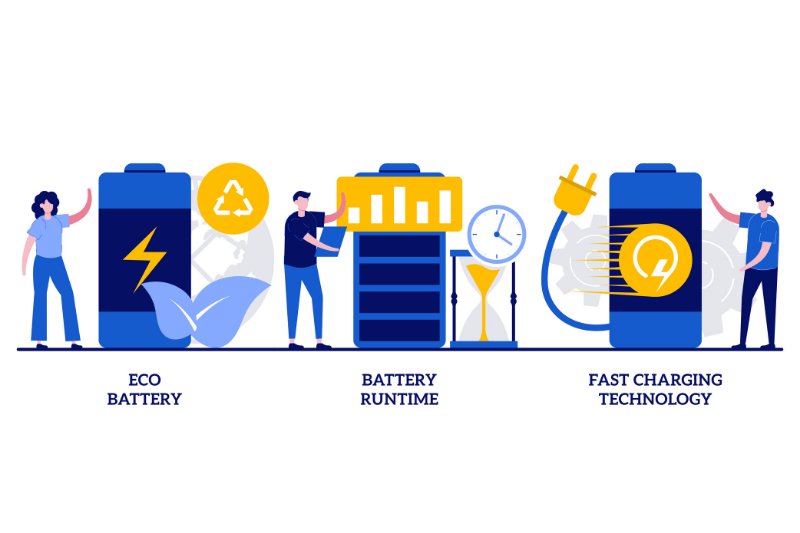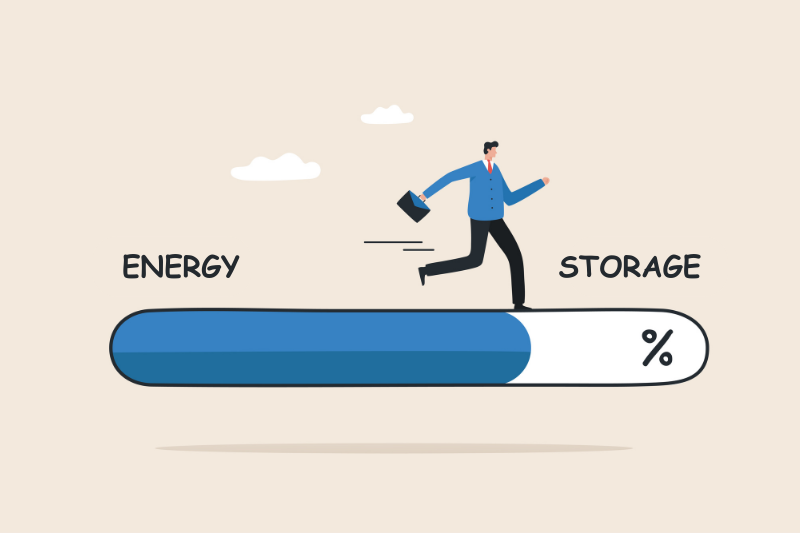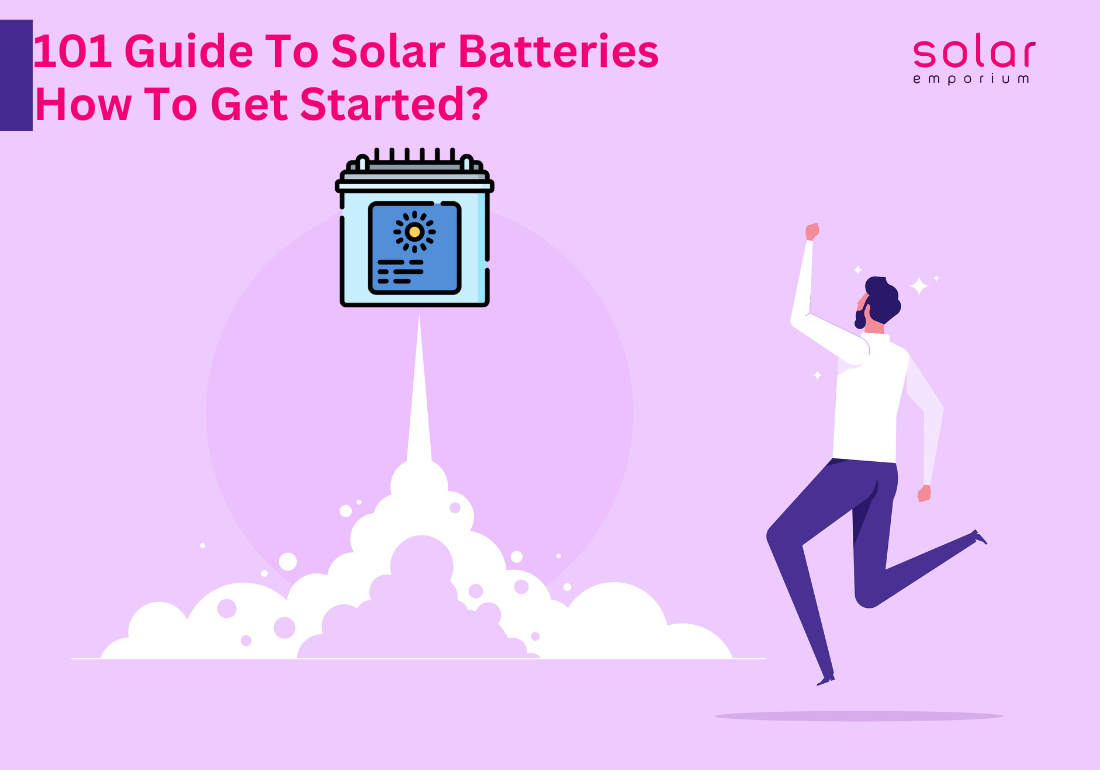According to a 2022 Roy Morgan research, over 3.2 million Australian households own a solar energy system. It is almost 32.3% of all households in Australia. And more recently, it is believed that nearly 70% of homes will own solar energy.
Inevitably, as solar homes are increasing, the need for solar batteries also increases. So keeping that in mind, this is our 101 guide to solar batteries. This blog will provide Australians with all the details on how to get started with solar batteries.
Solar battery storage systems aid in the resolution of a variety of solar energy issues. Connecting a battery to a grid-tied solar energy system allows the system to continue powering even when the grid is down. It will help with power access rather than disconnecting to generate electricity.
Solar batteries can also help commercial customers reduce peak demand charges and become more resilient in power outages. Many state and local governments are restricting the usage of carbon and fuel-powered generators.
As the popularity of solar storage systems grows, conditions continue to support solar adoption. And Solar Emporium is ready to support as many people as possible so that they can make their community a better place.
Battery storage for solar applications helps to relieve strain on our electrical grid by replacing unstable grid energy with clean-green electricity. It allows heavy cycling and periodic full-capacity recharging.
Several types of batteries are available to meet these specific needs. The cost of a solar battery, installation process, lifespan, and maintenance are all factors to consider when selecting a battery. But first, we need to understand the basics of solar batteries.

Understanding Solar Batteries
What Are The Best Solar Batteries?
How To Evaluate Solar Storage Options
Considering solar energy storage system options, you’ll encounter many complicated product specifications. It may create more questions about the best equipment to match your solar battery.
To evaluate your solar battery options, you should first understand its capacity to store energy and power ratings. Then it would be best to compare the depth of discharge (DoD), efficiency, and warranty.
Calculating the Size of Your Solar Battery System
Properly sizing your battery is critical. But consumers and solar installers may frequently overlook it. Batteries in PV systems are often undersized due to cost or underestimation of system loads.
Understanding the customer’s energy requirements and correctly designing a plan that best meets their objectives is very important. Solar battery manufacturers’ online system sizing calculators can help simplify determining battery capacity for load requirements.
How long will a solar battery last?
How Many Hours Of Energy Can A Solar Battery Provide?
Several factors determine this. These factors will help determine how long you can power your home.
The most significant factors to consider are:
- Number of appliances running in your house
- Your battery’s total capacity
Considerations When Purchasing Solar Batteries

Various factors should be considered when calculating the total cost of installing a solar battery to your solar energy system.
Price: A solar battery with a low upfront cost may sacrifice quality and battery life; you may offer a lower upfront cost for a significantly higher future cost. But the need for frequent battery replacements may increase the cost over time.
That is why, when deciding, it is critical to consider all factors other than price.
Capacity: Battery capacity is significant because it represents the energy the battery can store.
Voltage: The voltage of the solar battery bank should be considered to ensure that it meets the requirements of the solar system. Your solar energy system will include a solar inverter. Depending on the voltage of your solar battery bank, you may need to purchase a different inverter.
The inverter specifications determine the voltage of the solar battery. Ideally, it should be installed on a system that converts DC-to-AC energy so that the voltage of loads in a DC energy system.
Cycles: The cycles of a solar battery are the most crucial factor to consider. The battery cycle indicates how many discharge/charge cycles it can provide before capacity drops to a specified rated capacity percentage.
Solar batteries with the same power, energy content, and weight may exist. However, the battery’s design, material, and quality will influence how many times it will cycle appropriately over its lifetime.
Maintaining Solar Batteries
- If it’s kept in a protected space or not
- How is the backup process
- How much backup is the battery providing for your appliances
- Is the monitoring app or device working well or not
- Is the battery providing enough off-peak power
- Are the transformers working correctly or not
Choose Solar Emporium for Solar Solution
The most expensive component of a solar power system is a battery. However, battery technology is spreading due to electric vehicles and the push toward renewables such as solar and wind.
Companies pour millions of dollars into research and development to build cheaper, better batteries. This is excellent news for us. Battery prices have been declining over the last decade. Hopefully, this trend will continue with more advancement in the space.
You now understand solar better than an average person. However, don’t stop there! Call Solar Emporium today or get a free quote for your desired solar solutions.







